
Posies Euroliner, a continental makeover for a ’32 Ford
By Steve Temple
Photos by Scott Killeen and courtesy of Posies Rods and Customs
Back in 1963, The Beach Boys famously sang about a “Little Deuce Coupe,” a recording that went platinum. But Posies Rods and Customs sings in steel. So its Euroliner started life as a three-window coupe body from Brookville Roadster, a company known for its exacting 1928 to ’32 Ford metal reproductions. All of Brookville’s bodies are made of the same-gauge steel as the original Ford body, and all parts are totally interchangeable with the genuine article. From there, the body was heavily modified to emulate 1930s European coach-built coupes.
“I like to make statements,” explains Ken Fenical of Posies. And what kind of statement in this case? “European — what you can do with a Brookville body.”
What inspired him? The ’31 Bentley Blue Train that raced against locomotives running from Calais, France, to the French Riviera. The intent was to demonstrate that a car could compete on an equal basis in speed, comfort and durability. But Ken would take a totally different tact in creating his Euroliner.
To begin, the entire rear of the body was removed from below the rear window, with only a small portion of the quarter panel remaining behind the door post. Next, the cowl and front portion of the roof was split along the center line. The cowl and roof header were then widened 6 inches, eliminating the rear-to-front taper of the 1932 body. Making the windows parallel, rather than narrowing toward the front, gives the Euroliner a stately shape for more presence and panache. Adding to all these body changes, the rear of the roof was cut off and moved rearward by one and one-half inch.
Once done with reworking the shape, Posies technicians then set the body on the frame so the rest of the panels could be fabricated. The firewall was welded up from two pieces joined with a vertical seam. Three large beads were rolled into the pieces that radiated from the lower center point of the firewall. Toe boards were then built that continued the beads on the front and disappeared under the car.
The rear of the body was “cabbed” by using a single panel, enclosing the rear of the body that carried on with the same “three beads theme” as on the firewall. Rear corner panels were formed to meet the side and rear panels. The stock 1932 Ford body line was carried through the corner panels across the rear panel. Lower rear filler, floor panels and drive shaft tunnel were fabricated and welded to the body.
Custom curved three-piece running boards were fabricated from aluminum while the four fenders were made from steel. Finishing off the back end is a boattail treatment, inspired by 1920s- and ’30s-era race and coach-built sporting cars, but with a whole different setup underneath. So all told, just like The Beach Boys sang, “You don’t know what I got. She’s my (Euro) deuce coupe.”

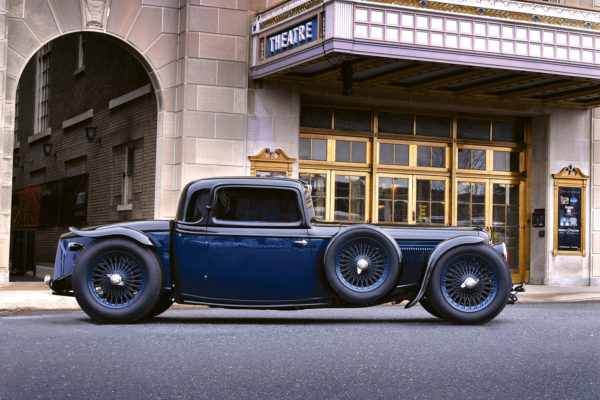
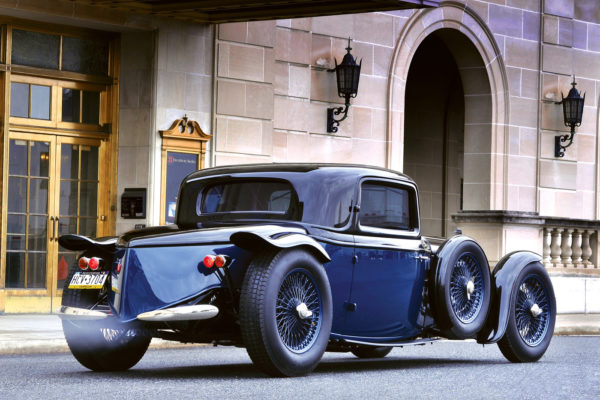
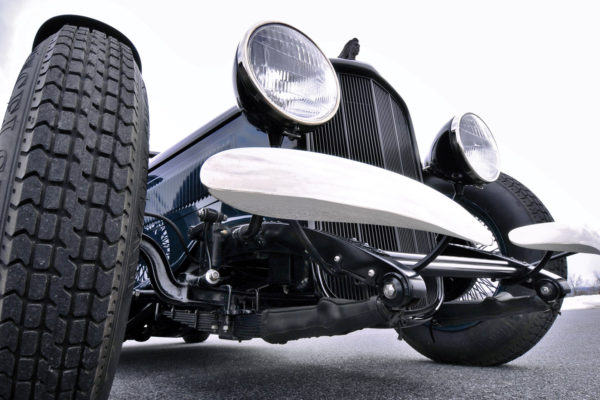
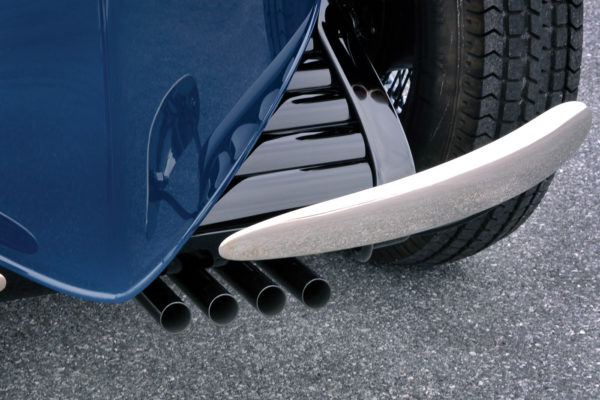
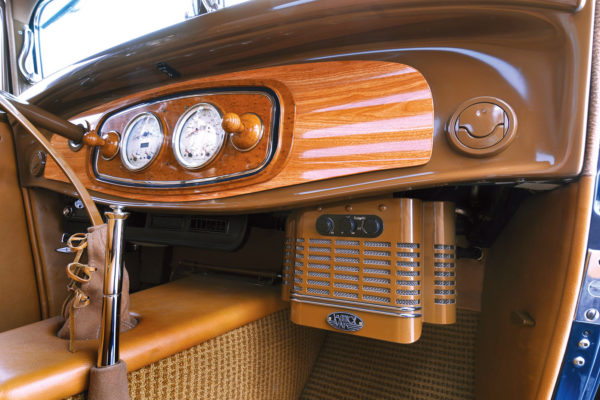
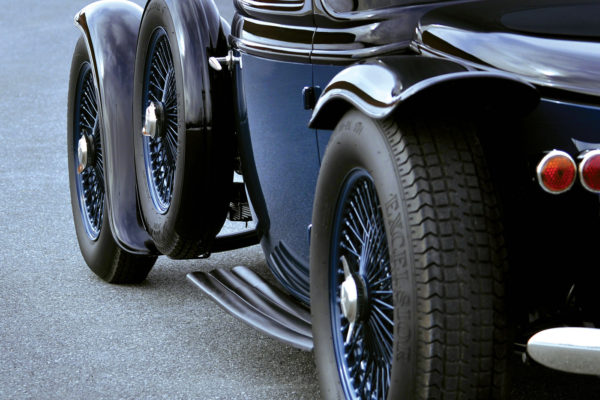
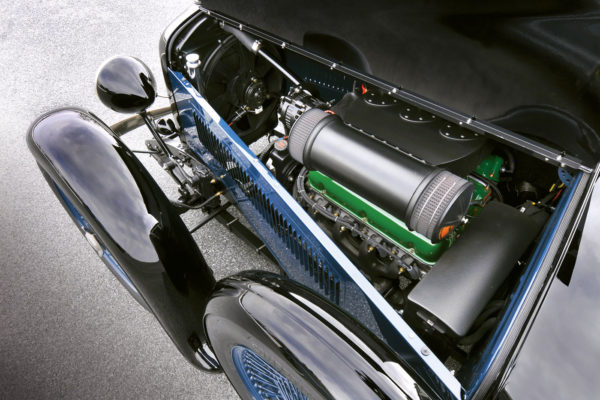
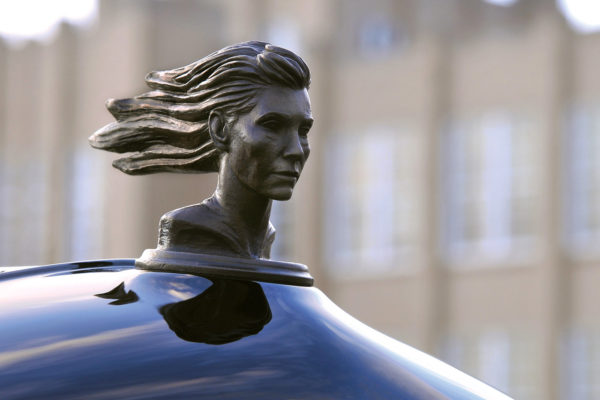
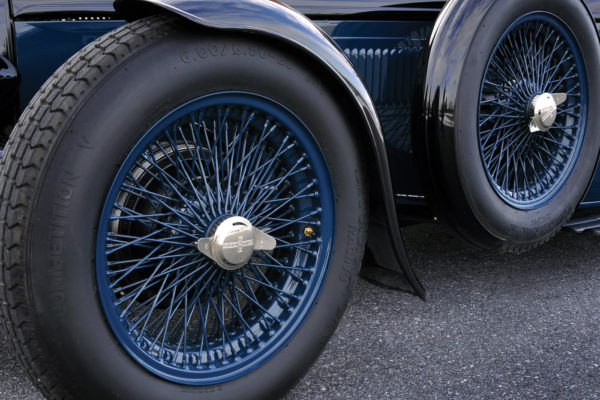
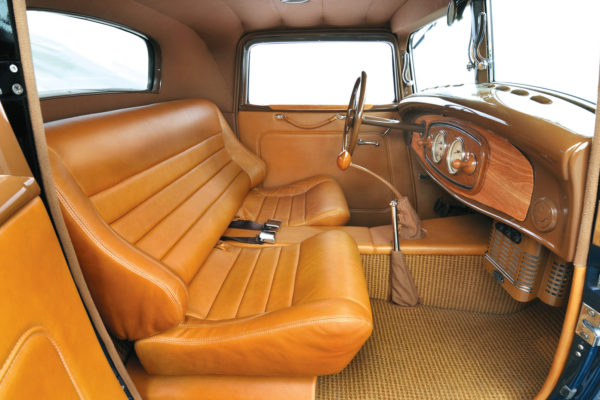
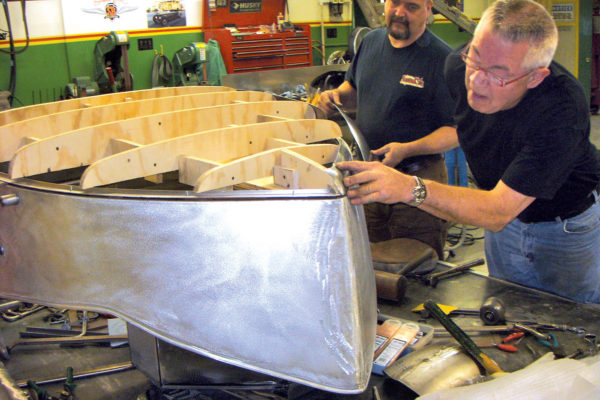
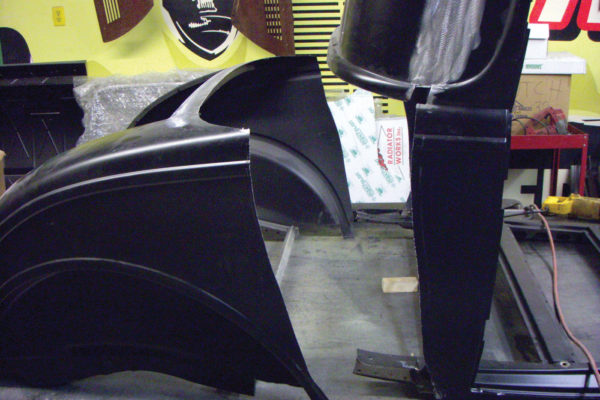
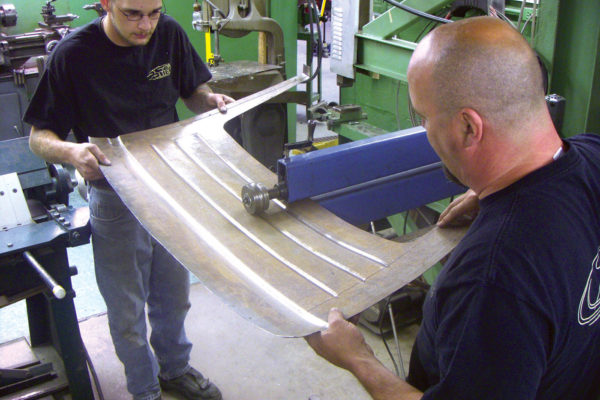
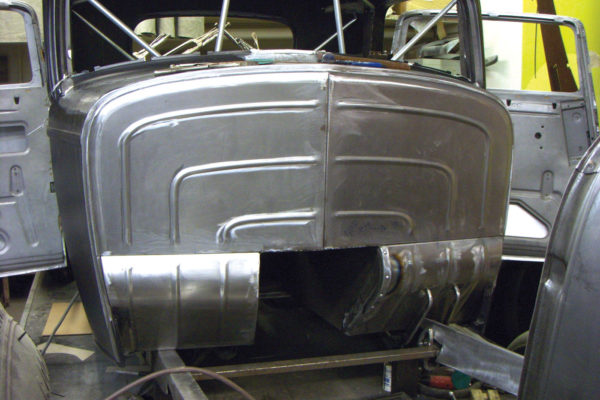
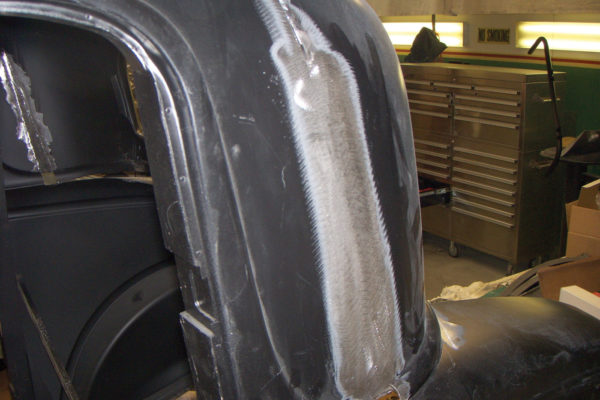
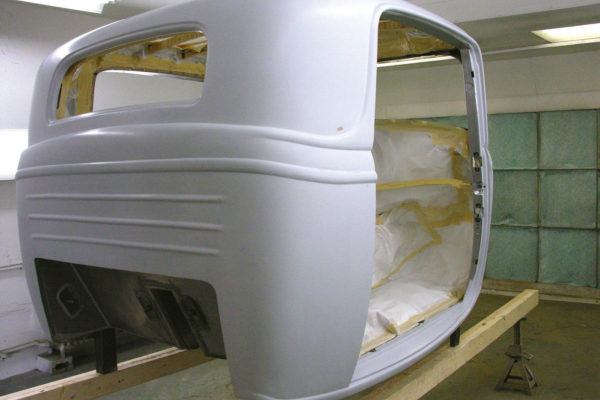
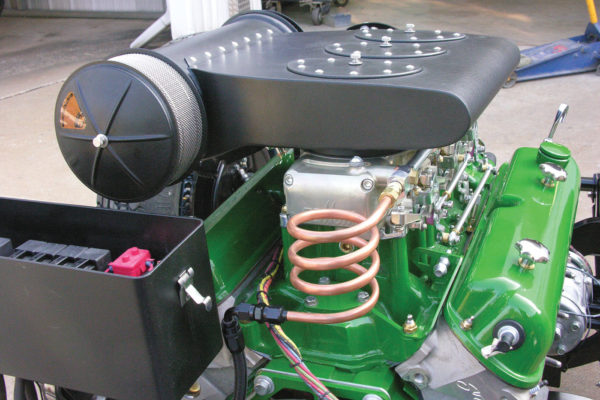
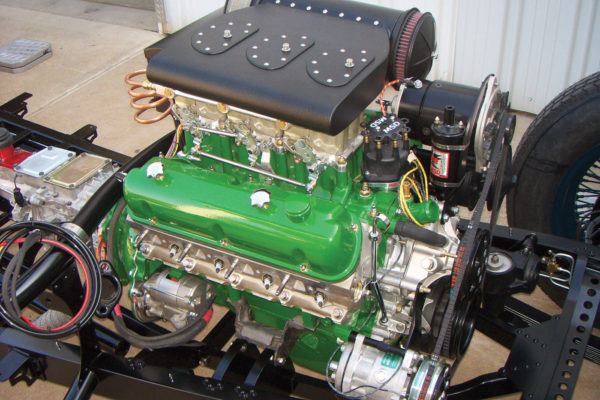
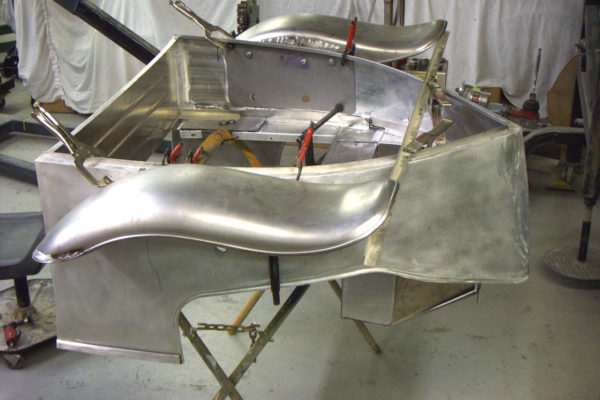
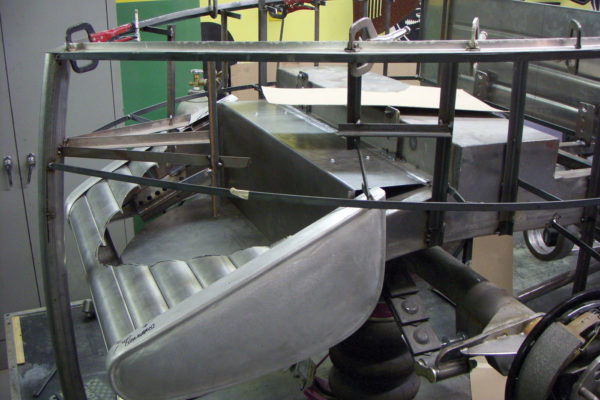
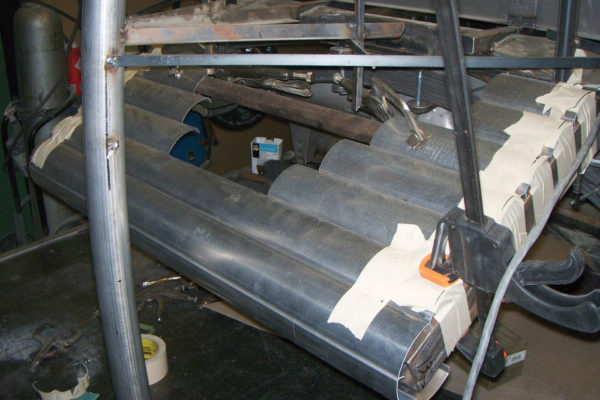




Comments for: Euro Deuce Coupe
comments powered by Disqus